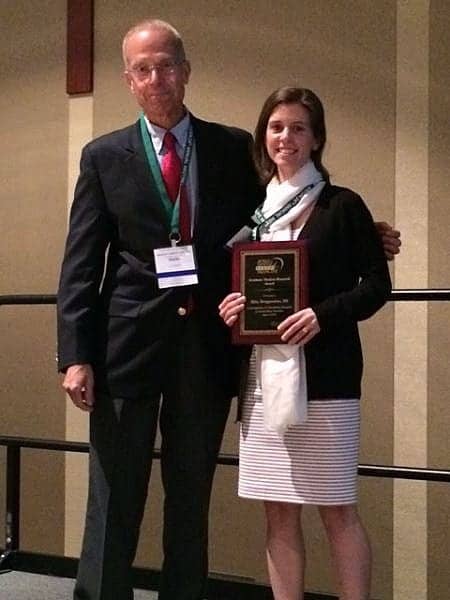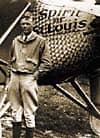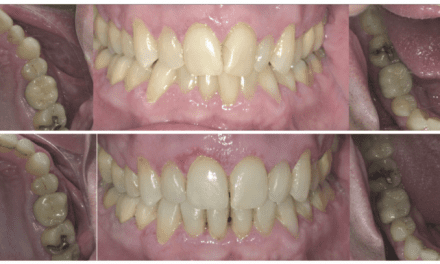Rita Brugarolas and Jose Manuel Valero-Sarmiento, ASSIST PhD students in Electrical Engineering and research assistants in the iBionics Laboratory at North Carolina State University, conceived a novel idea: an auto-titrating oral appliance for at home use. Ideation of this project came about when the two partnered in Troy Nagle, MS, PhD, MD’s Medical Instrumentation class at NC State University. Roughly prototyping the project within this course, the two continued research when taking Product Innovation Lab—a core course in the ASSIST graduate certificate in nano-systems engineering.
Brugarolas and Valero-Sarmiento provided an overview of their research Development of an Auto-Adjusting Mandibular Repositioning Device for In-Home Use:
What we invented is a device to make oral appliances (MRDs) that are used in the home auto-adjusting. The device includes a sensor platform to detect difficulty in breathing and an actuator to protrude the lower jaw only when needed, improving patient comfort and potentially minimizing the short and long term side-effects of MRDs caused by unnecessarily excessive jaw advancement. In addition our solution provides patients, physicians, dentists and insurance companies with information about device usage and efficacy of treatment, which is not available in current MRDs.
A collaboration with Greg Essick, DDS, PhD, from the UNC School of Dentistry has proven highly beneficial for the student researchers. On top of their partnerships with medical professionals, Brugarolas and Valero-Sarmiento have been awarded high honors for their novel research. Their work was recently selected as one of three recipients of the American Academy of Dental Sleep medicine (AADSM) Student Research Award, based on the scientific merit of their abstract submitted to and presented at the 2015 AADSM 24th Annual Meeting in Seattle.
Additionally, they received first place in the graduate category at the Seventh Annual Leadership and Innovative Showcase organized by the Poole College of Management and NC State University.
Brugarolas says in a release, “It has been a great multidisciplinary learning experience in which we have interacted with students and experts from very different fields in order to shape our idea into a working prototype. We had to leave our comfort zone and learn about materials and pneumatics to build the actuator. We also applied our expertise to work out the electronics for the sensor integration and the Bluetooth data transmission, and to develop machine learning algorithms to process the sensor data. I think that this ‘Systems Thinking’ competence is one of the key skills that ASSIST provides to the students.”
The NSF Nanosystems Engineering Research Center (NERC) for Advanced Self-Powered Systems of Integrated Sensors and Technologies (ASSIST) develops and employs nano-enabled energy harvesting, energy storage, nanodevices, and sensors to create innovative, battery-free and body-powered wearable health monitoring systems. This center of excellence received funding from the National Science Foundation (NSF) in 2012 for five years of research, renewable out until 2022.





![5 Steps to Oral Appliance Therapy [Podcast]](https://sleepreviewmag.com/wp-content/uploads/2019/02/oral-appliance-steps-440x264.jpg)